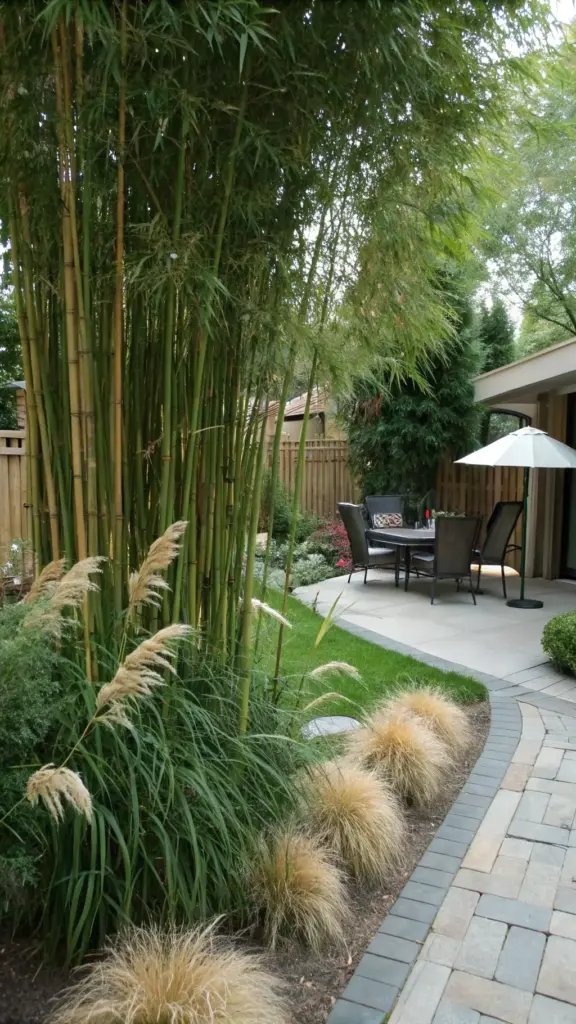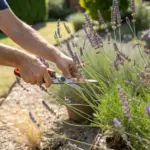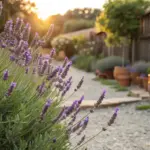2. Bamboo and Ornamental Grasses

I used to think bamboo was the perfect privacy screen – until I realized it was basically a mosquito hotel with room service included. My beautiful bamboo grove looked amazing, but it turned my backyard into a no-fly zone for humans.
The worst part? I had no idea what was happening until my pest control guy pointed it out during a routine visit.
How Bamboo Becomes a Mosquito Water Park
Here’s the thing nobody tells you about bamboo culms – those hollow sections between the joints are like tiny water reservoirs. Every time it rained, water would collect in the cut stems and just sit there.
Each bamboo joint can hold enough water for mosquitoes to complete their entire life cycle. We’re talking about hundreds of breeding sites in just one clump of bamboo.
I counted over 50 water-filled bamboo sections in my small grove last spring. No wonder I couldn’t sit on my patio without getting swarmed!
The Dense Grass Cluster Problem I Never Saw Coming
My ornamental grass situation was even worse than the bamboo. I had planted fountain grass and pampas grass in these thick, lush clusters because I thought it looked more natural.
Big mistake.
Those dense grass clumps create their own little humid microclimates. Mosquitoes love hanging out in areas with poor air circulation and high moisture.
The grass would trap morning dew and stay damp for hours. Plus, any leaves or debris that fell into the clusters would decompose and create even more mosquito-friendly conditions.
Grass Alternatives That Actually Repel Bugs
After my mosquito nightmare, I discovered lemongrass – and it’s been a total game changer. This stuff grows just as tall as ornamental grass but naturally repels mosquitoes with its citrusy scent.
Citronella grass is another winner. It looks gorgeous in landscape design and contains the same oils used in mosquito candles.
I also switched to lavender grass varieties. They’re drought-tolerant, beautiful, and mosquitoes absolutely hate the smell.
Smart Landscaping Ideas for Mosquito-Free Grass Gardens
Now I plant my mosquito-repelling grasses in strategic locations around seating areas. The natural oils create invisible barriers that keep bugs away from where we actually want to relax.
I learned to use marigolds as companion plants between grass clusters. These bright flowers contain pyrethrum, a natural insect repellent.
My new design includes pathways between grass plantings. This isn’t just for looks – it improves air circulation and makes it harder for mosquitoes to establish territories.
Proper Spacing Techniques That Make All the Difference
The biggest lesson I learned was about plant spacing for air flow. I now leave at least 3 feet between large grass clumps instead of planting them right next to each other.
Good air circulation is mosquito enemy number one. When there’s a breeze moving through your grass plantings, mosquitoes can’t hover and hunt effectively.
I also trim my grasses regularly to prevent them from getting too dense. Keeping the interior of each clump open allows air to move through and prevents moisture buildup.
For bamboo, I switched to clumping varieties instead of running bamboo, and I seal all cut stems with wax to prevent water collection.
Think your tropical plants are safe from the mosquito problem? Think again! Click “next” to discover why those gorgeous broad-leafed beauties might be creating the perfect storm for mosquito infestations in your garden.









GIPHY App Key not set. Please check settings